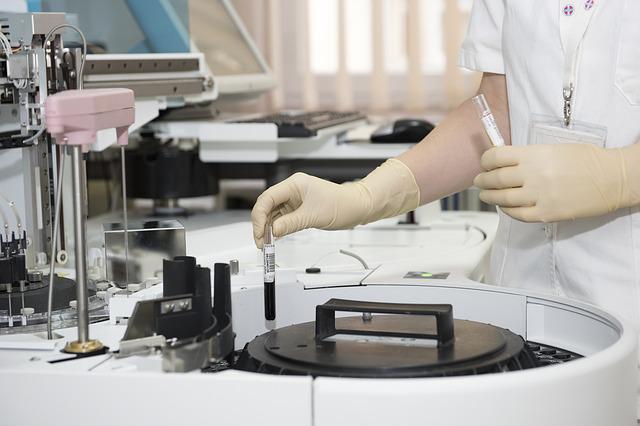We've previously discussed claiming R&D expenditure for SME's. In this post we're focusing on the the circumstances where claiming R&D capital allowances is appropriate.
What are R&D allowances?
This allowances provide 100% relief for qualifying capital expenditure on Research and Development relating to a trade. However, unlike other R&D reliefs, R&D allowances can be claimed by sole traders and partnerships as well as companies.
They can also be claimed on some of those assets which might not qualify for other capital allowances or the super-deduction allowance.
Who is eligible to claim R&D allowances?
These allowances are only available to traders and not persons carrying on a profession or vocation. They are not restricted to companies, unlike revenue R&D relief. Therefore, sole traders, partnerships and all sizes of company can claim RDAs if they satisfy the qualifying conditions.
What is qualifying expenditure?
R&D allowances are only available for qualifying capital expenditure on R&D in accordance with the definition set out in HMRC's internal guidance, Essentially it is capital expenditure incurred on R&D directly undertaken by a trader or on their behalf which is related to a trade. It can include both trading and pre-trading expenditure, however it is vital that it is relevant and linked directly to the trade.
Expenditure incurred on R&D has a wide definition and includes expenditure in carrying out R&D or providing facilities for carrying out R&D. As a result certain assets which don't usually qualify for capital allowances may be eligible for R&D allowances. Some examples of expenditure qualifying for R&D allowances are as follows:
However if you acquire a building or fixed plant and machinery you must apportion an amount relating to the land, which is non-qualifying.
Additionally, you cannot claim expenditure on land or rights in land, rights to R&D and those arising out of R&D (e.g. patent rights). This includes a dwelling unless it represents less than 25% of the total expenditure on any building used for R&D. So for example, expenditure purchasing a building bought for £1.5 million with a flat worth £200,000 would qualify.
What is the amount of the R&D allowance?
The R&D allowance is 100% of the qualifying expenditure. it's not necessary to claim the full amount, however you can't claim any remaining balance subsequently. So it's essentially use it or lose it. The Relief is given in the period of acquisition or if it is pre-trading expenditure in the period trade begins.
Balancing charges (but not a balancing allowance) can arise if an asset qualifying for R&D allowances is sold, demolished or destroyed whilst still owned. However no balancing charge arises where an asset either ceases to be used for R&D or it is used for a different purpose.
For more useful information, check out our Ebooks here.
And if you'd like to know how we can help you with all of this, or with anything else, feel free to give us a call on 01202 048696 or email us at [email protected].
Alternatively, please feel free to complete our Business Questionnaire here.

